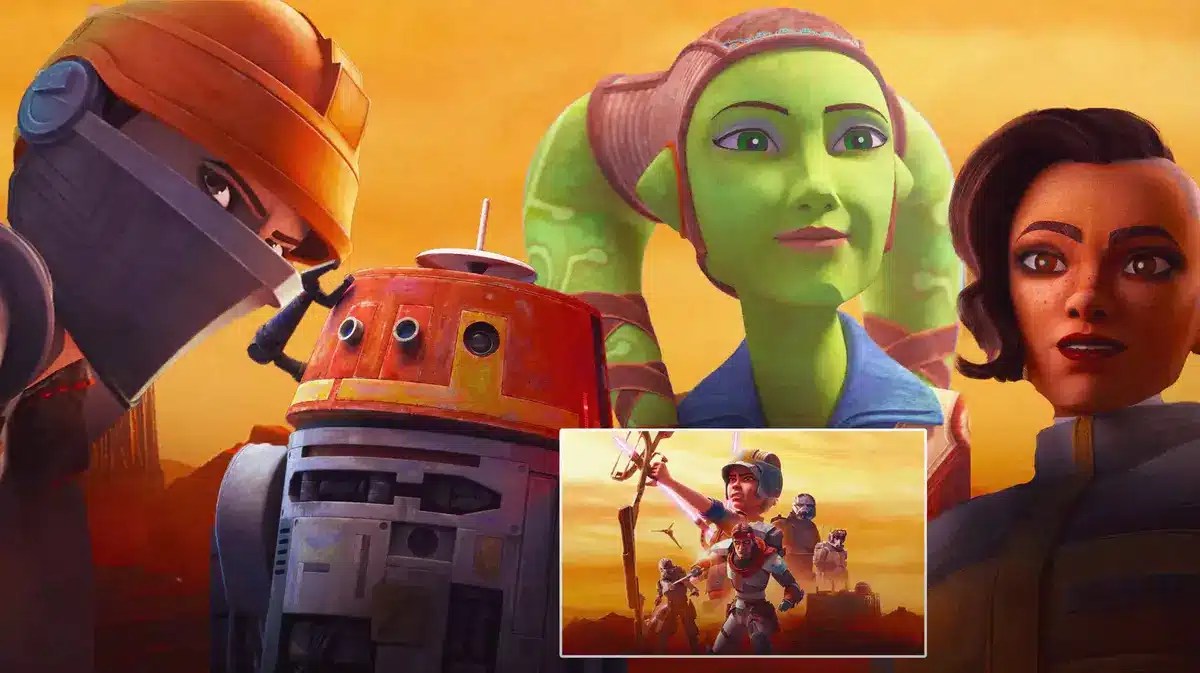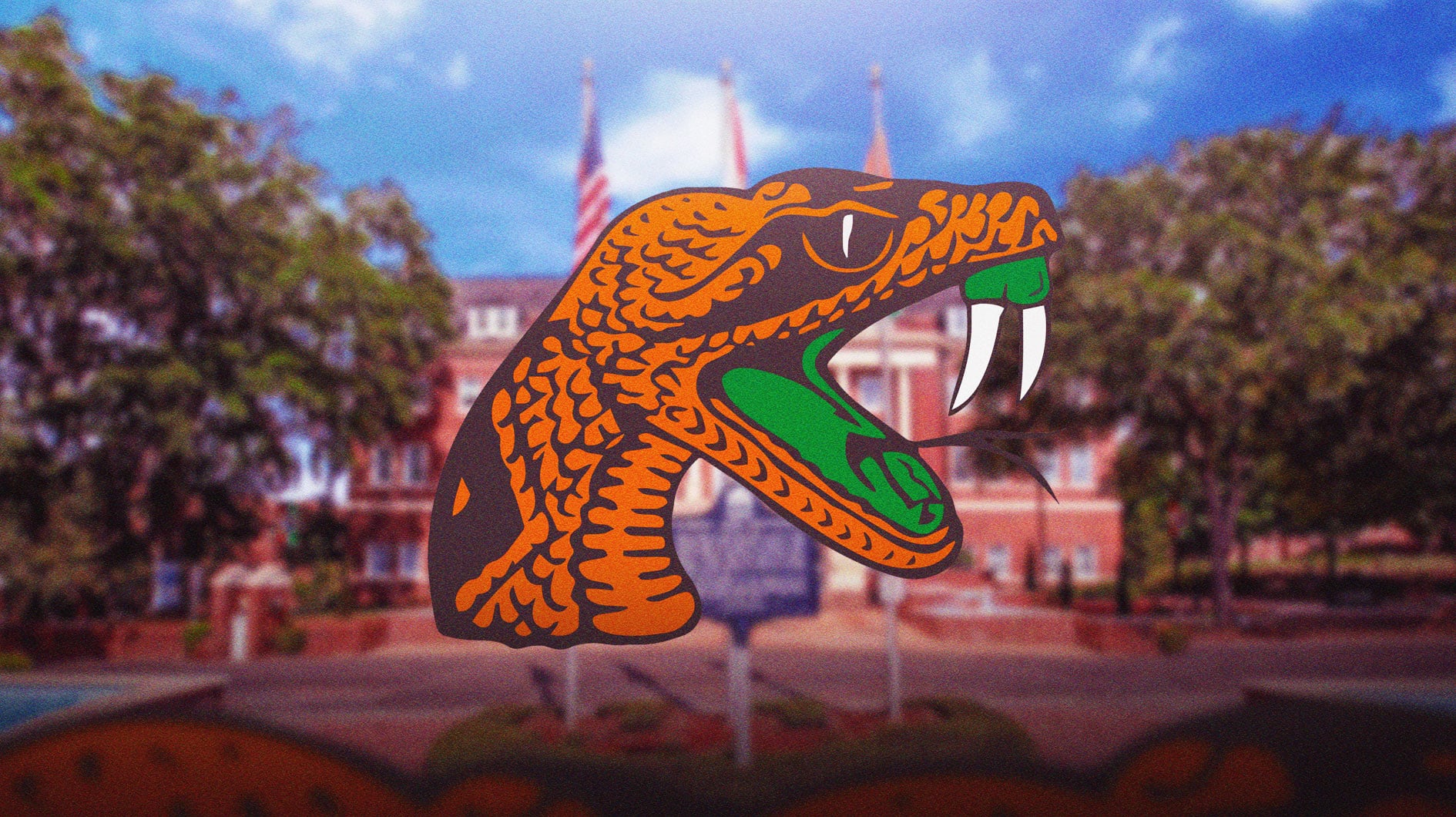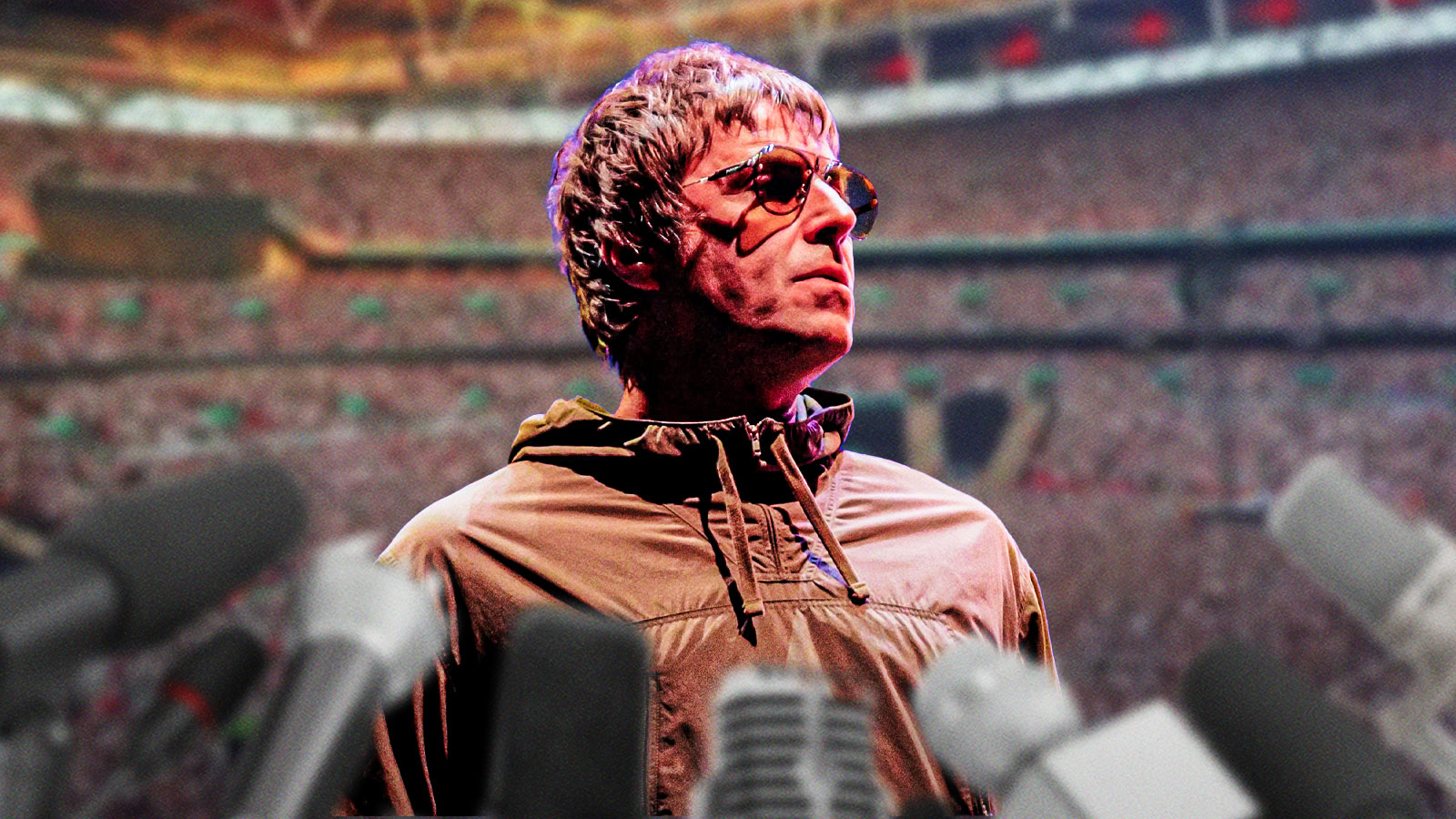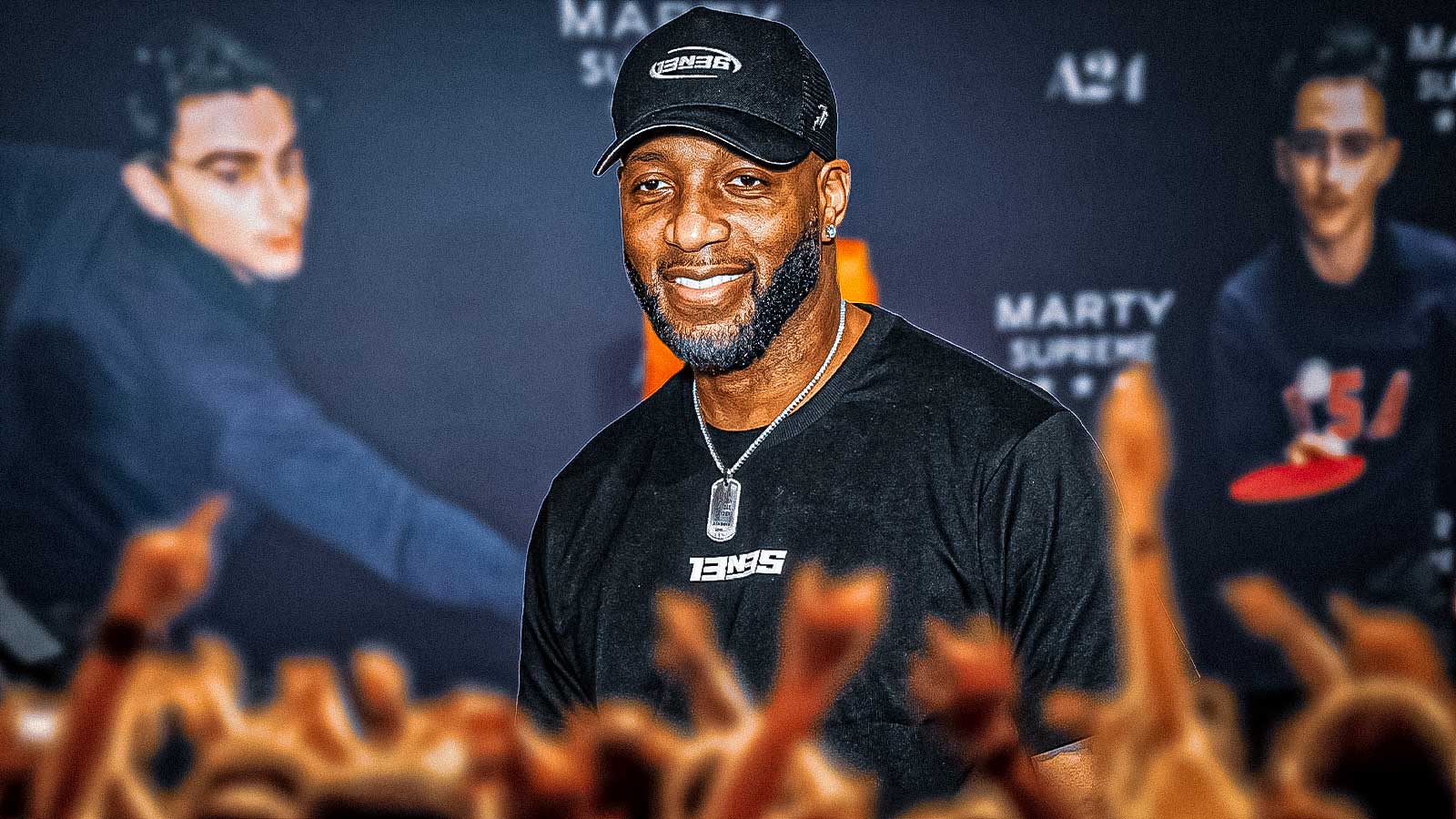In the vast expanse of the Star Wars universe, “The Bad Batch” carves out its own unique narrative corridor, following the aftermath of the Clone Wars and the rise of the Galactic Empire. This series, which premiered in May 2021 on Disney+, has quickly captivated audiences with its blend of action, deep character development, and exploration of themes like identity, loyalty, and the impact of war. As we gear up for the release of season three, it's time to delve into what makes “The Bad Batch” a standout in the Star Wars saga.
The Genesis of The Bad Batch
The origins of “The Bad Batch” trace back to a planned four-part storyline in “The Clone Wars,” which was initially shelved due to the show's cancellation. Thanks to the efforts of Dave Filoni and the revival of “The Clone Wars” for a seventh season on Disney+, this unique squad of clone troopers finally got their chance to shine. Comprising Hunter, Wrecker, Tech, Echo, and Crosshair, Clone Force 99 is a specialized unit distinguished by their genetic mutations, each enhancing their individual capabilities. The introduction of Omega, a young clone with a mysterious past, adds a new layer of complexity and heart to the series.
A New Era of Challenges
As the Galactic Empire ascends, “The Bad Batch” finds itself navigating a galaxy in turmoil. The series adeptly captures the transition from the Republic to the Empire, highlighting the clones' struggle with their identities and allegiances in this new order. Unlike their brethren, the members of Clone Force 99 possess the unique ability to resist the Empire's directives, including the infamous Order 66. This resistance sets them on a collision course with the Empire, making them fugitives and heroes in equal measure.
Season two introduces a shift in antagonists, moving from Admiral Rampart to the enigmatic Doctor Hemlock, who is deeply involved in the Empire's secretive cloning projects. This transition not only keeps the narrative fresh but also deepens the series' exploration of themes related to autonomy, ethics in warfare, and the cost of loyalty.
Echoes of War
“The Bad Batch” doesn't shy away from the harsh realities of war and its aftermath. Through characters like Echo and Crosshair, the series delves into the psychological scars left by battle, the search for purpose after the war, and the concept of brotherhood among soldiers. The introduction of characters like Doctor Emerie Karr, a mature clone created from the same template as Omega, adds intriguing new dimensions to the story, raising questions about identity and the nature of family.
Rebellion and Resistance
As the Empire tightens its grip on the galaxy, “The Bad Batch” also chronicles the early days of resistance movements. Characters like Captain Rex become beacons of hope for clones disillusioned with the Empire, laying the groundwork for the larger Rebel Alliance seen in the original trilogy. This thread of rebellion is a testament to the enduring spirit of freedom and the willingness to fight against tyranny, themes that resonate deeply within the Star Wars universe.
Familiar Faces and New Alliances
The series skillfully incorporates familiar characters from across the Star Wars saga, such as Fennec Shand and Asajj Ventress, providing fans with exciting connections to the broader narrative. These appearances not only serve as thrilling moments for longtime fans but also enrich the storytelling, offering new perspectives and challenges for the Batchers. The inclusion of these characters underscores the interconnectedness of the Star Wars universe, where every character's journey is part of a larger tapestry.
Looking Ahead
As season three unfolds, all eyes are on the mysterious cloning project at Mount Tantiss, the fate of Omega, and the evolving dynamics within Clone Force 99. The series stands at a pivotal moment, not just for its characters, but also as a reflection on the nature of heroism, the price of freedom, and the quest for identity in a galaxy defined by conflict.
“The Bad Batch” is more than just a spin-off; it's a critical exploration of the transition from the Republic to the Empire, the role of soldiers in a post-war society, and the burgeoning resistance against tyranny. As we eagerly await the new season, one thing is clear: “The Bad Batch” continues to be an essential chapter in the Star Wars saga, offering insights, action, and heart in equal measure.
As this chapter of Star Wars animation possibly draws to a close, it prompts speculation about the future of the franchise in this medium. Will “The Bad Batch” mark the end of an era, or will it pave the way for new stories to be told? Only time will tell, but the legacy of Clone Force 99 will undoubtedly leave an indelible mark on the Star Wars universe.



















